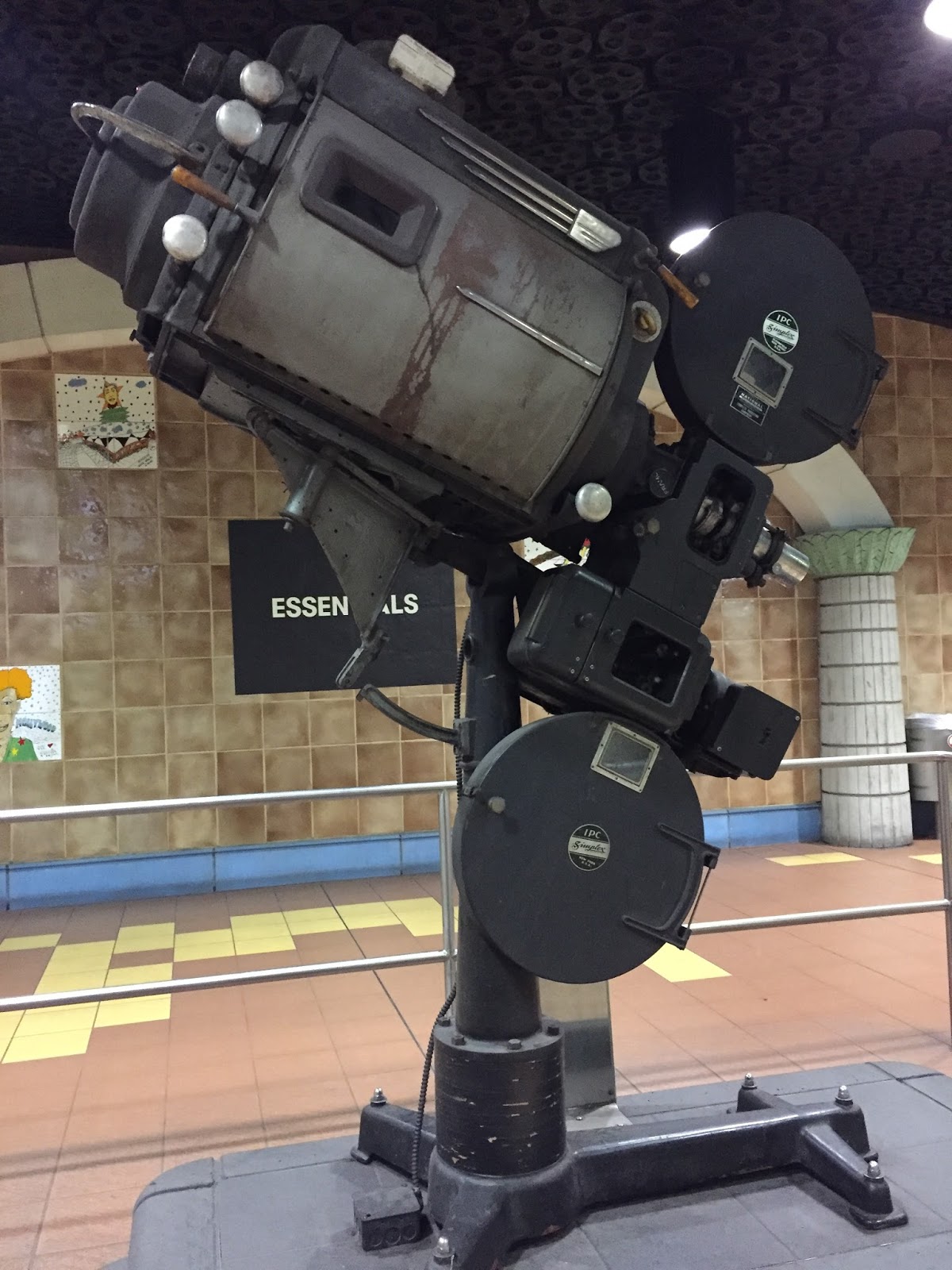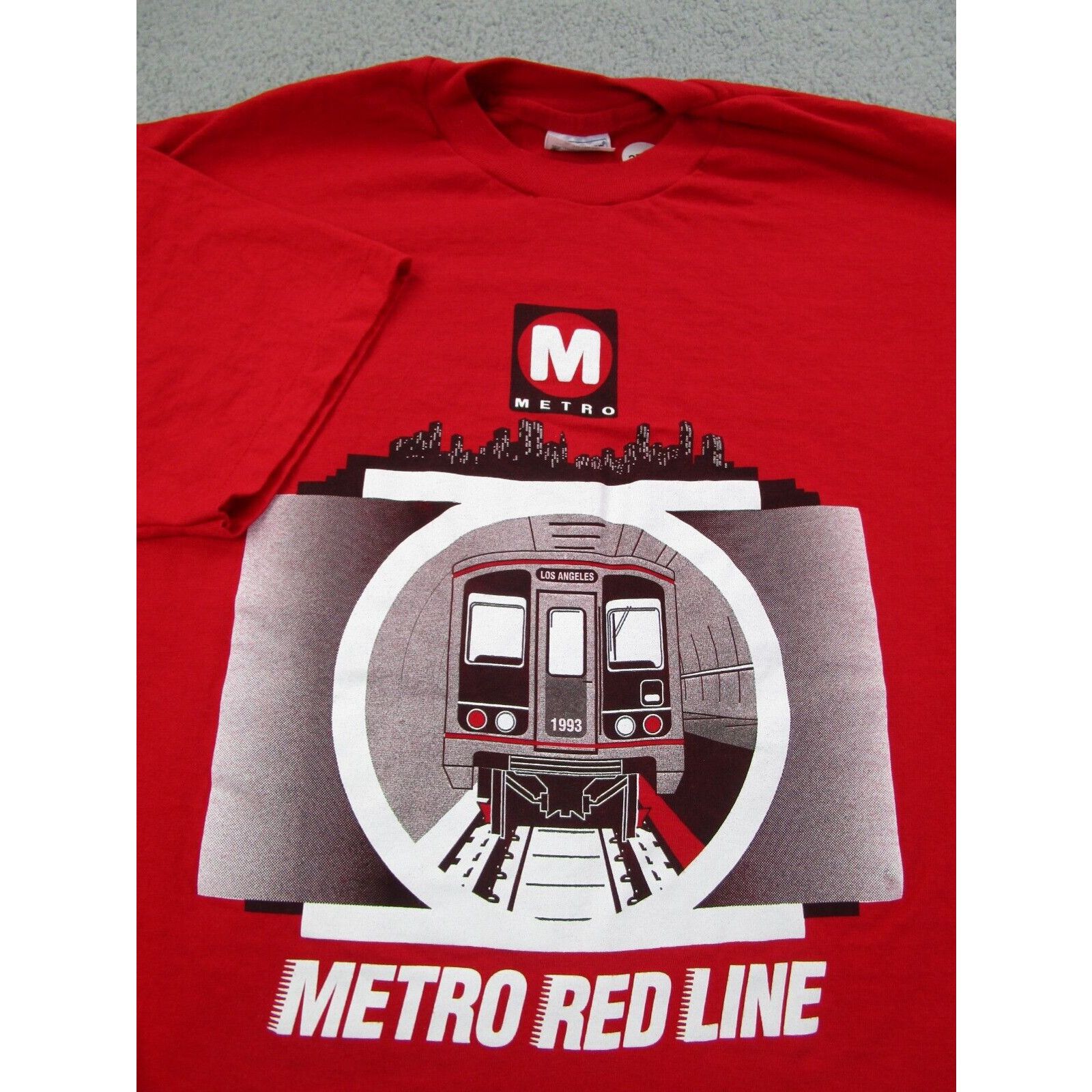Metro Red Line: Explore The Vibrant Heart Of Washington, D.C.
Washington D.C., a city rich in history and a vibrant hub of culture, is home to a robust public transportation system that connects its diverse neighborhoods. The Metro Red Line, an integral part of this network, offers a convenient and efficient way to explore the city's bustling heart.
Editor's Notes: Our team of experts has delved into the intricacies of the Metro Red Line and compiled this comprehensive guide to assist you in navigating its vibrant stations and immersing yourself in the authentic spirit of Washington, D.C.
Our analysis and research have illuminated the significance of the Metro Red Line, which inspired us to create this guide. We've curated an in-depth exploration of its key stations, highlighting their unique character and the surrounding neighborhoods' rich tapestry of attractions, dining, and cultural experiences.
Key Takeaways:
| Station | Key Highlights |
|---|---|
| Union Station | - Major transportation hub connecting Amtrak, MARC, and VRE trains |
| Judiciary Square | - Close proximity to the National Building Museum and the National Law Enforcement Officers Memorial |
| Metro Center | - Bustling shopping and dining district, home to the Smithsonian National Portrait Gallery and the International Spy Museum |
| Gallery Place-Chinatown | - Gateway to the vibrant Chinatown neighborhood, offering authentic cuisine and cultural experiences |
| Federal Triangle | - Convenient access to the National Mall and the Smithsonian museums |
| Dupont Circle | - Charming neighborhood with historic homes, independent bookstores, and trendy restaurants |
| Woodley Park-Zoo/Adams Morgan | - Close to the National Zoo and the lively entertainment district of Adams Morgan |
As you delve into each station's unique offerings, you'll discover the diverse threads that weave together the vibrant tapestry of Washington, D.C. From the grand halls of Union Station to the eclectic energy of Adams Morgan, the Metro Red Line serves as a gateway to the city's cultural, historical, and culinary treasures. Embrace the convenience and affordability of this public transportation gem as you embark on an exploration of Washington, D.C.'s vibrant heart.
FAQ
This article provides essential information about the Metro Red Line in Washington, D.C. To further enhance your understanding, we have compiled a set of frequently asked questions and their corresponding answers.

Within My Means: LA Metro Red Line Tour - Universal Station - Source goldenhourglass.blogspot.com
Question 1: What are the hours of operation for the Metro Red Line?
The Metro Red Line operates daily from 5:00 AM to 12:00 AM on weekdays and 8:00 AM to 12:00 AM on weekends.
Question 2: What is the fare structure for the Metro Red Line?
Fares vary depending on the distance traveled. Single-ride fares range from $2.25 to $6.00, while unlimited day passes cost $15.00.
Question 3: Is there parking available at Metro Red Line stations?
Parking is available at select Metro Red Line stations. Fees and availability vary by location.
Question 4: Are there any discounts or reduced fares available for the Metro Red Line?
Seniors (65+), disabled individuals, and children (ages 5-11) are eligible for reduced fares. Children under 5 ride free.
Question 5: What are the major attractions accessible via the Metro Red Line?
The Metro Red Line provides convenient access to numerous attractions, including the Smithsonian National Museum of Natural History, Union Station, and the Verizon Center.
Question 6: How can I plan my trip using the Metro Red Line?
The WMATA (Washington Metropolitan Area Transit Authority) website provides detailed information on trip planning, including maps, schedules, and fare calculators.
We hope these answers provide clarity and assist you in planning a seamless and enjoyable experience using the Metro Red Line in Washington, D.C.
Next, let's delve into the history and significance of the Metro Red Line in the city's transportation network.
Tips
For an optimal experience while exploring the Metro Red Line, consider these valuable tips:
Tip 1: Plan Your Journey: Before embarking on your adventure, consult the Metro's website or mobile app to plan your route and avoid any delays or disruptions.
Tip 2: Purchase a SmarTrip Card: A SmarTrip card streamlines your transportation process. You can purchase it at any Metro station and add value as needed, saving time and ensuring seamless transfers.
Tip 3: Familiarize Yourself with the Stations: Each station offers unique attractions. Study the Metro Red Line map to identify the destinations that align with your interests, from historical landmarks to vibrant entertainment venues.
Tip 4: Take Advantage of Transfer Opportunities: The Metro Red Line intersects with other Metro lines, providing convenient connections to explore different neighborhoods and attractions. Plan your itinerary to maximize these transfer opportunities.
Tip 5: Allow Ample Time: While the Metro is efficient, allocating additional time for travel is wise, particularly during peak hours. This buffer ensures you arrive at your destination without feeling rushed.
By incorporating these tips into your travel plans, you can fully embrace the vibrant heart of Washington, D.C., via the Metro Red Line.
Embark on an extraordinary journey on the Metro Red Line: Explore The Vibrant Heart Of Washington, D.C., where the nation's capital unfolds at your fingertips.
Metro Red Line: Explore The Vibrant Heart Of Washington, D.C.
The Metro Red Line is the oldest and busiest line in the Washington, D.C. Metrorail system. It runs through the heart of the city, connecting many of its most popular landmarks and neighborhoods. The line is a convenient and affordable way to get around the city, and it offers a unique perspective on the nation's capital.
- History
- Accessibility
- Cultural Centers
- Official Buildings
- Economic Drivers
- Community Hubs
The Metro Red Line is more than just a transportation system. It is also a vital part of the city's fabric, connecting people and places in a way that no other line can. The Red Line is a testament to the vibrancy and diversity of Washington, D.C., and it is an essential part of the city's future.
Hanes VTG 1993 Single Stitch Los Angeles Metro Red Line Mens XL Red - Source www.grailed.com
Metro Red Line: Explore The Vibrant Heart Of Washington, D.C.
The "Metro Red Line: Explore The Vibrant Heart Of Washington, D.C." website provides a comprehensive guide to the Red Line, one of the major lines in the Washington Metropolitan Area Transit Authority (WMATA) Metrorail system. The website delves into the significance of the Red Line as a vital component of the transportation network, connecting key landmarks, neighborhoods, and cultural hubs in the nation's capital.

Within My Means: LA Metro Red Line Tour - Hollywood & Vine Station - Source goldenhourglass.blogspot.com
The Red Line's connection to the vibrant heart of Washington, D.C., goes beyond providing mere transportation. It serves as a catalyst for economic growth, fosters accessibility for residents and tourists, and contributes to the city's rich cultural landscape. The website explores the line's impact on various aspects of city life, including:
- Tourism: The Red Line provides direct access to iconic attractions such as the Smithsonian National Museum of Natural History, the Lincoln Memorial, and the National Mall. Its proximity to these destinations encourages tourism and supports the city's economy.
- Urban Development: The Red Line has spurred urban development along its route, encouraging the construction of residential and commercial buildings. The line's accessibility has led to increased property values and revitalization of neighborhoods near its stations.
- Accessibility: The Red Line offers a convenient and affordable mode of transportation, providing accessibility for residents and visitors alike. It connects diverse communities, making it easier for people to access employment, education, and cultural opportunities.
- Cultural Vitality: The Red Line's proximity to cultural landmarks such as the John F. Kennedy Center for the Performing Arts and the Warner Theatre enriches the cultural fabric of Washington, D.C. It facilitates attendance at performances, exhibitions, and cultural events.
In conclusion, the "Metro Red Line: Explore The Vibrant Heart Of Washington, D.C." website presents a comprehensive analysis of the Red Line's role in shaping the city's cultural, economic, and social landscape. Understanding the connection between the Metro Red Line and the vibrant heart of Washington, D.C., is crucial for appreciating the impact of public transportation on the development and character of urban environments.
Premier League Today: Thrilling Match-Ups And Live Scores, Ali Maaloul: Tunisian Football Star And Rising Defender, Richards Bay Vs Orlando Pirates: Clash Of Titans In The DStv Premiership, Pitso Mosimane: Reigning Master Tactician And African Football Legend, Rasmus Paludan: Controversial Danish Politician And Anti-Immigration Advocate, Paok Extends Lead With Convincing Victory Over Levadiakos, Omeyer: The Legendary French Handball Goalkeeper And Olympic Champion, Unleash The Rivalry: Comunicaciones And Antigua GFC Clash For Football Supremacy In Guatemala, Top Scorers Battle: Race To The Golden Boot In Ligue 1, Luz Mery Tristán: Colombian Singer, Songwriter, And Composer,
